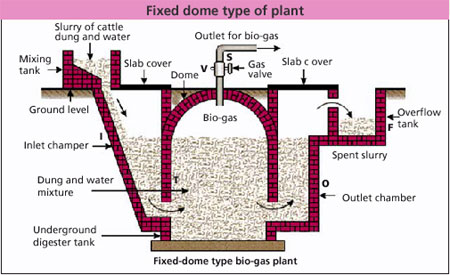I find that study to be logical and expected when feces are observed as dynamic objects and not static objects.
The three methods that come to my mind to solve a biological problem like this are: a) use a biological system b) decentralize waste management c) combine a and b
a) I suggest a biological system because biology and living organisms dynamically respond to their environments, and I find it hard to think of a better way of treating waste than with another living system: establishing connections so that the friendlier flora and fauna devour the less friendly ones. Here are three documents explaining what I mean by biological/ecological wastewater treatment in ascending order of length and complexity:
Eco-Engineering's Article,
University of Vermont on Eco-Wastetreatment, and
EPA on Wastewater Ponds. The last one is several hundred pages long; if one plans to read it, it is advised to download it instead of reading it in the browser. Here are images of what I am mean, and I find them easier and quicker to understand:

b and c) By decentralizing waste management, I mean installing waste treatment systems at every home and making everyone personally responsible for treating their own waste. This would prevent, or decrease, bacteria mixing. The ways I think this could go are by composting human feces and urine in a system like the
Humanure Handbook describes or in a self-contained system like
Sun-Mar's toilets, in a
biogas/pond system like Geoff Lawton describes, or just a pond system like the ones above.
For the toilets, I am thinking like this:
For the biogas/pond systems, like this is what I am thinking of: (the advantage of using a biogas/pond system is that it allows for the methane gas to be used)












